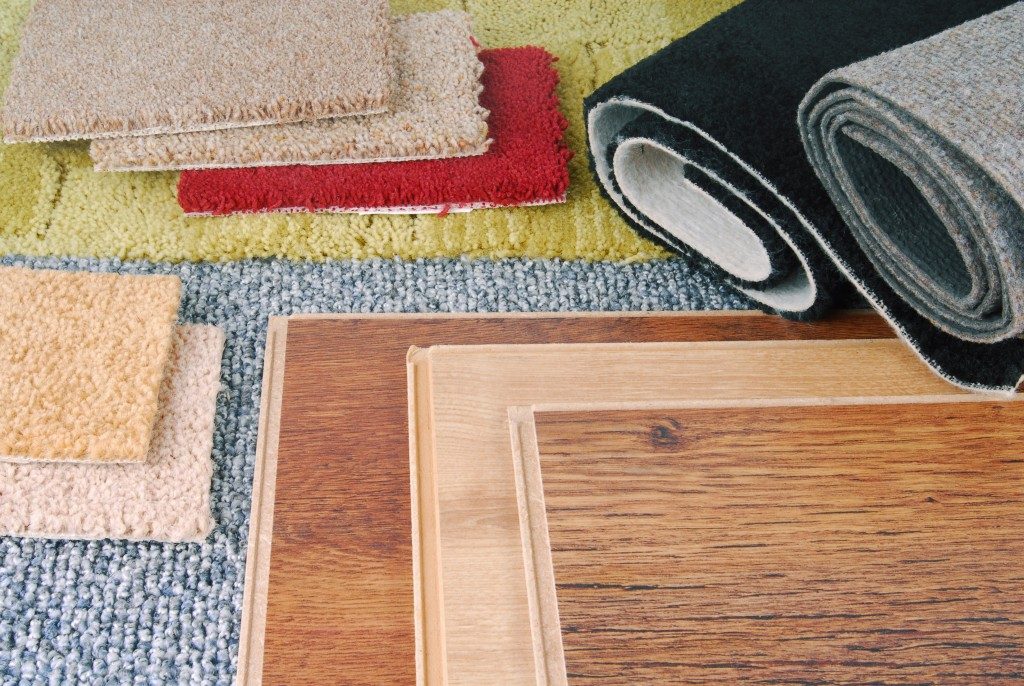Rugs can breathe life to any space with colour, texture, and pattern. For practical purposes, they can likewise safeguard your flooring and conceal stained or worn out floors. This applies for rugs over tile or wooden flooring and rugs over a carpet.
You might be thinking that placing a rug over your carpet is redundant, but this kind of layering is very common. If you’re interested in doing this in your home, below are some practical tips and considerations to help you out.
Go Bold with Colour – Or Not
Rugs can offer that splash of colour to any space with a neutral colour palette or tone down busy and vibrant areas. So when choosing a rug to layer over your carpet, think about how it would affect the space’s colour scheme and overall mood.
Many homeowners typically layer area rugs over wall-to-wall carpeting when they want that to introduce colour, pattern and texture to a space. An area rug-carpet combo also works to define specific zones in a room, like a sitting, playing or dining area.
If you don’t like the idea of an area rug but don’t like it to stand out from your carpet, consider buying an extra piece of your existing carpet in your local carpet and flooring store in Bristol and get the edges bound. This way, you have an area rug that will match your carpet exactly.
Texture is Great – But Tread Lightly

One of the easiest ways to bring texture to a space; however, too much texture could create unnecessary tripping hazards. It can also make it more difficult for wheelchair users to navigate their wheelchairs. If you’re concerned about these things, opt for lightly textured rugs.
Use Pattern for Personality
Rugs also provide an easy way to lend more visual interest in a room. Look around the space you’re buying a rug for so that you don’t end up with a pattern that won’t complement your existing décor or ruin the colour scheme.
If you want to lend the room a more dramatic vibe, you can likewise opt to choose a pattern that will contrast with the various patterns that are already present in the space. Rugs with a striped pattern, particularly two-toned ones are among the easiest patterns to work with.
As a general rule when layering, however, avoid the patterned rug and patterned carpet combo, that is unless your patterns can mesh well together.
How to Prevent Bunching and Moving Rugs
The weight of the rug is very vital to keep it in place. Go with heavier rugs with more fibre as thinner ones like kilim or dhurrie rugs can easily bunch and move around. You can also use tables, sofas, and chairs to keep your rug from moving, particularly if you place them on the rug’s edges.
Additionally, you can use rug pads to secure a rug in place and safeguard what’s beneath the rug.
To some homeowners, layering rugs over carpets is a definite no-no. But if you love the idea of layering, keep the tips above in mind and just go for it.
